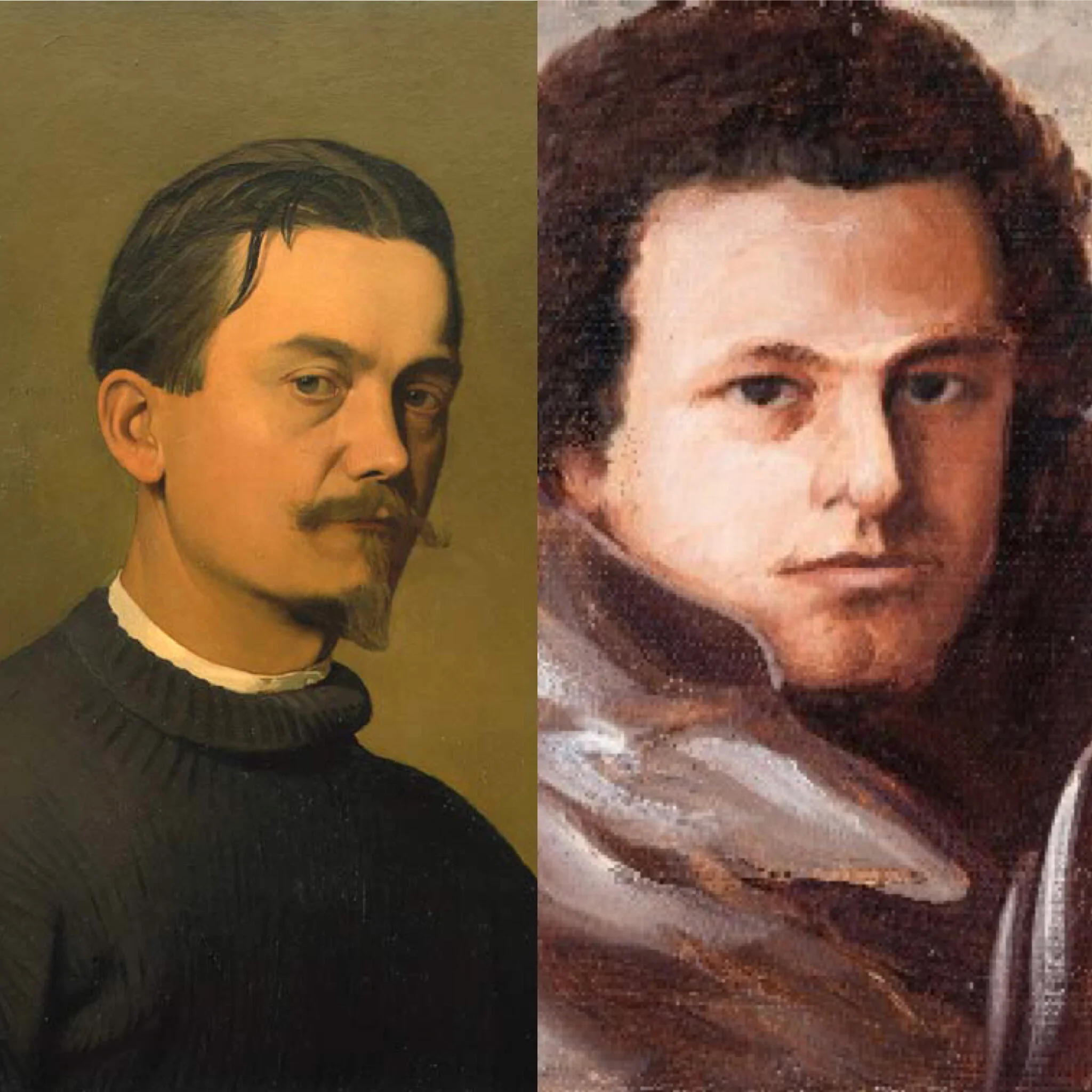REVIEW: The Sight and Sound of Vallotton and Honegger
December 9, 2019
By Brian Taylor
“Why does the composer write music that’s so rough, and hard to listen to?” asked a boy during the Q & A session that followed The Orchestra Now’s recent performance of Arthur Honegger’s First Symphony. Conductor Leon Botstein’s answer was brilliant. (Some music does not “leave you alone,” is not mere decoration…) He jovially queried his orchestra if they enjoyed the piece — the consensus seemed affirmative.
But, that was evident from their invested and vivid performance of the rarely heard work.
Botstein has become the city’s preeminent music educator, a music historian to the people; each concert is a veritable course in music appreciation. TŌN’s valuable Sight & Sound series at The Metropolitan Museum of Art enhances the audience’s cultural cachet, providing context for both music and visual art.
Red peppers (1915)
Connecting Met shows to orchestral music cannot always be an easy dunk, but this recent installment, while a bit of a stretch, scored. Honegger, Vallotton, and the Avant-Garde in Paris fixes our gaze on the Met’s superb current exhibition, Félix Vallotton: Painter of Disquiet, which rescues from obscurity this Swiss painter who lived in Paris the late nineteenth and early twentieth centuries.
Dita Amory, Curator in Charge of the Robert Lehman Collection, began the afternoon with an insightful introduction to Vallotton. One of Les Nabis (while Honegger was one of Les Six), his woodcuts for publications were suggestive and political, while his painting careered from creepy interiors that echo the Dutch Renaissance to surreal imagined landscapes. The Met’s Vallotton exhibition (through Jan 26, 2020) climaxes with the unique opportunity to examine Vallotton’s portrait of his friend Gertrude Stein, next to Picasso’s version from the same period.
La Blanche et la Noire (1913)
Botstein then folded Honegger, another Swiss national who landed in Paris, into the mix. Vallotton and Honegger overlapped in Paris briefly, but the composer hailed from a younger generation. What they had in common was a sensibility. (Both traveled at the forefront of modernism, but rooted to the past. Honegger stood out from Satie and other peers by remaining committed to Germanic forms.) Botstein introduced the audience to Honegger’s Symphony No. 1 in C Major, giving us a taste of each major theme or section. Following intermission, he led the orchestra in a full reading of the work.
Premiered 1931 in Boston, the symphony grabs the listener by the ear and doesn’t let go. The first movement’s rhythmically charged, angular lines recall Stravinsky’s The Rite of Spring. TŌN’s virtuosic string section played with vibrant electricity, clarity, and definition. The brass section is world class. As the fast-paced music builds in emphasis, the horns contribute stunning section playing. Muted trumpet solos soar, or comment wryly. The celli, basses, and percussion maintain the integrity of the motoric pulse, grooving along with daring march. TŌN excels at crystalline intonation in complex, kaleidoscopic harmonies.
The first movement, sounding like the arrival of a sinister force, eventually slinks away. The middle movement, Adagio, is the heart of the piece. TŌN’s woodwinds make cohesive drama in slithery, sinuous dialogue. Again, the horns, with their powerful, round tone and unfailing stamina, play with maturity beyond their years. Botstein, subtly balancing dynamics, draws focused imagery from many planes of texture. The movement hints at optimism before returning to a mood of quiet anxiety.
The finale, Presto-Andante tranquillo, begins adventurously, the trumpets achieving athletic feats, the trombones interjecting ironically with admirable taste. Each section of the orchestra gets put through its paces, and TŌN’s musicians collaborate skillfully, acing tight harmonies and textures. The movement segues into an epilogue foreshadowing Copland’s Appalachian Spring: transparent, open, and expressive.
The Q & A was a delightful coda to the visit with two very different Swiss-Parisian artists. Best of all, mission achieved: going forward, those in attendance will be keeping their eyes and ears open for both Vallotton and Honegger.
***
Coming Up:
Stravinsky, Debussy, and Bartók
and the U.S. premiere of his Violin Concerto: Rhapsody and Fantasia







